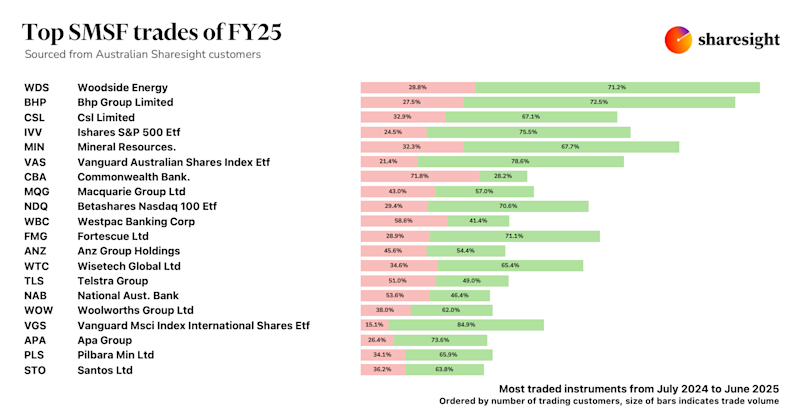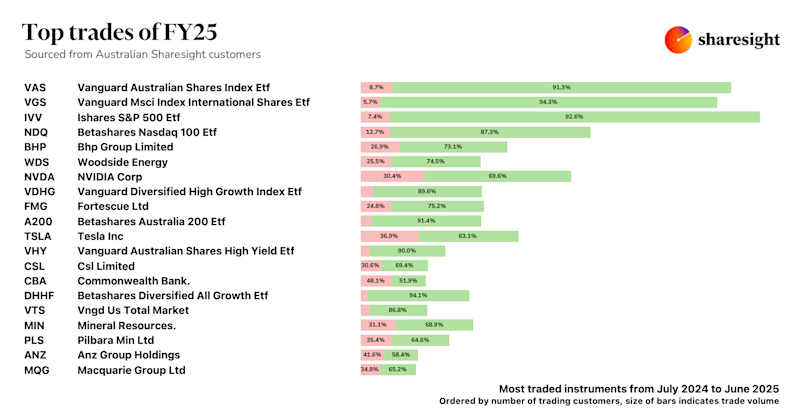Why share registries aren't enough
Share registries such as Computershare, Link Market Services, and Boardroom play a boring, yet highly important role in financial services. Boring is good in finance. Usually it means that investors aren’t getting screwed. Warren Buffett is boring. Index funds are boring. U.S. savings and loans were boring until they started handing out mortgages to anyone with a pulse. Much like with online brokers, however, investors often think they’re seeing their whole portfolio picture by logging into their share registry investor centre. This is not the case.
So what exactly are the share registries responsible for, and what is left up to the investor? Keep reading to learn more.

Shareholder record-keeping
Share registries (or stock transfer agents) keep tabs on who owns what shares and how many. They work with the investor relations departments of listed companies. Employee share option plans and dividend reinvestment plans are also tracked by the registries. These are their primary sources of revenue and they do all of this well. Having an independent third-party perform this role is crucial, as a seemingly simple counting exercise gets complex when big money is at stake. Look no further than Apple’s well-publicised options backdating scandal to see why.
No portfolio management
For all their record-keeping prowess though, share registries aren’t in the business of providing investor-facing websites or tools. While you can login and pull down basic information, there are critical information gaps. Plus, the sites don’t offer much in the way of functionality. They perform the role of umpire, providing you with a snapshot of today’s facts. Remember, registries make money from listed companies, not you, the investor. They have little incentive to provide you with a portfolio management service and as such, their investor-facing tools are built for bookkeeping, not investing.
No performance tracking
A recent check of one of the most popular share registry sites revealed its limitations. Based on a single HIN or SRN, an investor can see the number of units held in a company, a transaction date, and the current price (not the original execution price). And that’s it. While you can see the current value of the shareholding, there’s no information about the cost basis. The dividend information available is limited to the net amount only and none of the data is editable.
In other words, there’s no information about capital gains or losses, your tax position, or the effect of income on your portfolio.
Can’t see all your data
Your registry account is tied to a single HIN or SRN, meaning that if you have multiple entities, you need to login multiple times. To make your life admin even more complicated, each listed company may choose to use a different share registry. Chances are you’ll need logins to at least two different websites. And of course, you can’t make these sites "talk" to one another. A quick check of a portfolio on Sharesight revealed three different registries for the first three holdings we checked.
Such is the dilemma facing investors. Some information lives on your broker’s website, some with the registries, and some on paper. Sharesight works by combining all sources of data to form a complete and personalised portfolio record. Once you’ve done the work to set up your history, you can rely on Sharesight to be a single source of truth going forward.
A means to verify your portfolio data
Using the registry websites can be, however, a helpful step in verifying that the information you’ve added to Sharesight is accurate. If you’ve imported trades through the File Importer, Trade Confirmation Emails or even manually, it’s a good idea to cross-check your portfolio with the registries once a year. And don’t forget you can look up registry information in Sharesight. Within a holding page, check the Instrument Detail menu to see which registry manages your share holdings.

A share registry is no substitute for a portfolio tracker
Share registries have an important role to play, but they are no substitute for a portfolio tracking solution like Sharesight. Not only does Sharesight centralise information from multiple registries and brokers, but it allows investors to track the price and performance of their investments across different asset classes, markets and currencies – all in one place. This reduces tedious portfolio admin while providing investors with the full picture of their investments, allowing them to make informed investment decisions and save time and money at tax time.
Track all your investments (and tax) with Sharesight
Thousands of investors like you are using Sharesight to track the performance of their investments. If you’re not already using Sharesight, what are you waiting for? Sign up and:
-
Track all of your investments in one place, including Australian and international stocks, ETFs, managed funds, property and even cryptocurrency
-
Automatically track your dividend and distribution income from stocks, ETFs and managed funds
-
Run powerful reports built for investors, including Performance, Portfolio Diversity, Contribution Analysis, Future Income and Multi-Currency Valuation
-
See the true picture of your investment performance, including the impact of brokerage fees, dividends and capital gains with Sharesight’s annualised performance calculation methodology
-
Easily share access of your portfolio with family members, your accountant or other financial professionals so they can see the same picture of your investments as you do
Sign up for a FREE Sharesight account and get started tracking your investment performance (and tax) today.
![]()
FURTHER READING

Sharesight users' top 20 trades – June 2025
Welcome to the June 2025 edition of Sharesight’s monthly trading snapshot, where we look at the top buy and sell trades by Sharesight users in all markets.

Top SMSF trades by Australian Sharesight users in FY24/25
Welcome to our annual Australian financial year trading snapshot for SMSFs, where we dive into this year’s top trades by Sharesight users.

Top trades by Australian Sharesight users in FY24/25
Welcome to the FY24/25 edition of our Australian trading snapshot, where we dive into this financial year’s top trades by Sharesight users.